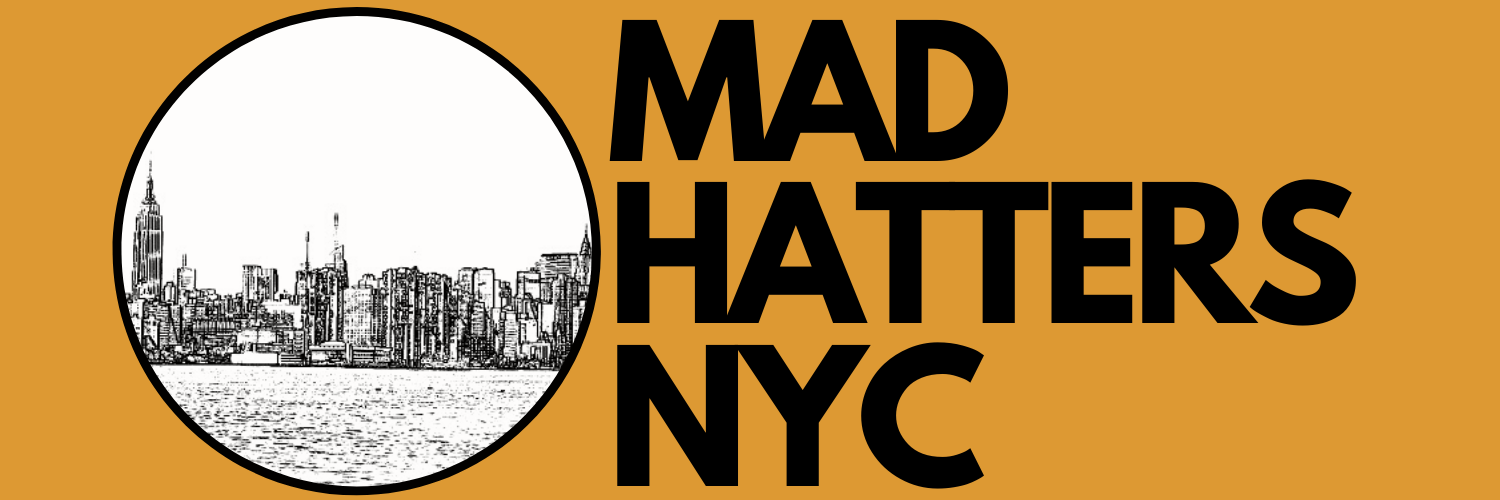How to Experience the Best of San Sebastián, Spain in Two Days
We love to eat. And we have a lot of friends who love to eat. As we heard one after another sing the praises of San Sebastián as a foodie paradise, we knew we had to move it up our list of travel destinations. The Spanish town has a significant number of Michelin-starred restaurants, as well as countless pintxos bars serving some truly incredible food. When we finally booked our 2-day trip to San Sebastián, we figured all we would do there is eat. And frankly, we would have been happy to do it. But this little resort town ended up being full of pleasant surprises.
An Introduction to Basque Country
Basque Country geographically straddles parts of Northern Spain and France, but it represents the region inhabited by the Basque people. During Franco’s reign, the Basque language was banned and cultural activities were severely curtailed. But after his death, Spain transitioned to a democracy and there’s been a movement to save the language from extinction. So while most of the locals in San Sebastián will happily accept your broken high school-level Spanish, throwing in a few Basque words goes a long way to getting some big smiles.
Kaixo (kai-sho) - Hello
Eskerrik asko - Thank you
Mesedez - Please
Oso gozo (oso go-sho) - Delicious
Donostia is the Basque name for San Sebastián.
Getting Situated
San Sebastián is an extremely walkable city. The mesmerizing Concha Bay stretches between Mount Igueldo to the west and Mount Urgull to the east. Crossing the Urumea River takes you to Gros and Zurriola Beach. While you could certainly spend weeks and months wandering every corner of San Sebastián, knowing these four landmarks will help you get around and make the most of a short stay.
Things to Do in San Sebastián-Donostia
San Sebastián is an old fishing town with a quaint seaside village vibe. It’s also a cool beach town where surfers hang out. And yet again, it’s a gastronomical nirvana. With that in mind, here are five things you shouldn’t miss during your visit:
Eat pintxos in Old Town
Dinners in Spain are notoriously late--usually around 10:00 pm--so 9:00 pm is when the locals usually hit the pintxos bars. Since pintxos are like an appetizer, you're supposed to get just one or two then hop to the next spot. Instead of moving on to a full dinner, you could also opt for a racion, which is a full portion. Raciones are usually enjoyed family style, so several raciones can be sampled and shared among a group.
A quick Google search will show you a list of top pintxos bars in San Sebastián. But the advice we've received from previous travelers and locals alike proved true: don't get hung up on getting to the well-known spots. Just head to La Parte Vieja, or the Old Town, and sample anything that catches your eye. Old Town has the highest concentration of bars, and many have been around for decades. The popular spots are easily identifiable by the crowds milling around outside, usually drink in hand. Most spots carry a mix of classic pintxos, as well as a few specialties. We came across a special sea urchin pintxo we didn't see anywhere else, as well as a unique crispy cheese on a skewer.
Some pintxo bars close on a whim, which is another reason being too location-focused could backfire. Instead of trying to find the “best” pintxo bars, keep your eyes peeled for some of these must-try items instead:
The Gilda. The Gilda is a pickled anchovy, a green olive and a pickled pepper on a skewer, although you'll find variations on the classic at different spots. Rumor has it that this was the first pintxo ever created, and it was named after Rita Hayworth’s famous character. [Rita Hayworth did visit San Sebastián in 1950, and loved it so much that she returned years later.]
Kokotxas. Kokotxas are are fish cheeks, and they are highly popular in San Sebastián. We found them breaded and fried, as well as combined with lamb for a surf-and-turf take on the delicacy.
Txangurro. Spider crab is a seafood specialty local to the area. Txangurro, as it's called here, has an orange hue and the consistency of a paté. It can be commonly found served on bread or in a tartlet.
Pimientos de Piquillo. Pimientos de Piquillo are roasted red peppers grown in a specific region of Spain. The unique roasting process gives it a smoky flavor. You can find it combined with anything from bacalao to mushrooms, but it's also commonly stuffed with other items to create a pintxo.
Cheesecake at La Viña. Okay, this is the one exception to the rule. This “burnt Spanish cheesecake” (in reality, browned) literally made every list we came across, from articles by well-known food writers to a handwritten list from a local bartender. We would describe it as an angelic marriage between traditional cheesecake, flan and an egg tart, and the accolades are absolutely deserved. Go there, or learn the meaning of regret.
Pro Tip: If you happen to be in San Sebastián on a Thursday night, look out for pintxos-pote when a drink and a pintxo cost approximately 2 euro. Not all bars participate, but think of it as the Spanish version of happy hour.
Visit the Aquarium
Just a hop, skip and a jump away from the Old Town you'll find the San Sebastián-Donostia Aquarium. There’s a maritime museum that explores the area's history as a fishing village (including the skeleton of a whale captured in the 19th century!). But once you've strolled through the exhibits, explore the actual oceanarium which features a variety of sea life. The 180-degree tunnel gets you up close and personal with sharks and stingrays, but each tank holds underwater treasures. The aquarium is extremely well-maintained and fun for all ages. Due to its modest size, it's a perfectly delightful way to spend an hour or two.
Hike up Mount Urgull
You can climb both Mount Igueldo and Mount Urgull for incredible panoramic views of San Sebastián, but if you have to pick just one then we recommend Mount Urgull at sunset. There are four paths leading to its summit: two from Old Town and two from Paseo Nuevo, a promenade wedged between Mount Urgull and the sea. The Paseo Nuevo option offers incredible views of Concha Bay. Of the two paths leading to the summit from Paseo Nuevo, one is a significantly easier hike than the other. The main path has steep inclines but gets you to the top quicker, while the other is a series of smaller winding pathways and offers better seaside vantage points. It's probably smarter to take the longer path on the way up and the steeper path on the way down, which happens to be the exact opposite of what we did. (Insert facepalm here.)
Pro Tip: If you're staying for sunset, bring a flashlight so you can make your descent safely as the paths are not lit. If hiking is not feasible altogether, you can take the funicular railway up Mount Igueldo instead, but anticipate lines during busy periods.
Stroll along Concha Bay
Concha Bay is one of the most picturesque beaches you’ll ever come across. It’s not only considered one of the best beaches in Spain, but in all of Europe. You can easily get lost in your own thoughts strolling along this beauty, but there are a number of highlights you won’t want to miss.
Start on the eastern side of the bay at Alderdi Eder park, where you’ll find San Sebastián’s City Hall building. The stunning 19th century structure was a casino until gambling was outlawed in 1924, and has since been designated a historical landmark. Then make your way along the promenade, where you’ll notice its distinct white railings. The railings are a San Sebastián landmark you'll find imprinted on everything from keychains to candy. They are known for one unique feature in particular: the flowers in the design face away from the pedestrians on the promenade towards the sea. (Many still wonder if this was intentional.) Then continue on past Miramar Castle until you hit Onderrata Beach, where you’ll find the unique Wind Comb sculptures by Eduardo Chilida.
Explore Gros
After you've sufficiently explored the magic of Concha Bay and the Old Town, cross over Urumea River to Gros, which has a trendier, more eclectic vibe.
Start by strolling along Zurriola Beach, where you'll see hordes of surfers riding the waves. From there, the walk from Moneo’s “cubes”, the Kursaal, to Basque artist Nestor Basterretxea’s nearby sculpture La Paloma de Paz (The Dove of Peace) is a short and pleasant one. The Kursaal is worth a revisit at night, since it sometimes changes colors to commemorate particular events, much like the Empire State Building.
Next, pop into specialty coffee roaster, Sakona Coffee, for a fantastic cup of coffee and a snack. Though we had plenty of great coffee during our stay in San Sebastián, the cortado at Sakona was easily the best. And with head barista and founder, Javier García--a five-time national barista champion--helming the bar, why wouldn’t it be. It’s worth noting also that the Guacamole with sous vide egg on toast is a worthy addition alongside a cup of coffee.
Gros is also a popular shopping destination. Spend the day wandering in and out of unique shops featuring local designers and artisans, and add a little Spanish style to your home or wardrobe. Because active lifestyles are the norm here, there are also myriad surf shops with activewear and equipment along the way.
The restaurant scene in Gros is also noteworthy for its eclecticism. You’ll find traditional Basque and Spanish dishes here with a twist. Take, for example, Topa Sukalderia, which offers dishes reflecting the cultural influences existing between the Basque Country and Latin America. And then there’s Ni Neu--in the Kursaal complex-- which embraces creative, avant garde cooking techniques to provide it’s patrons with a truly unique gastronomic experience.
Conclusion
Short visits to any city can be a crapshoot. Sometimes, it’s completely overwhelming. You have a jam-packed itinerary that barely allows you to breathe and find yourself sprinting all the way to the finish. In other cases, you find the allotted time is more than generous. San Sebastián falls somewhere in between, both allowing for a tremendous number of things to do, see, and eat, while also being relaxed and casual. Two days in San Sebastián will leave your wanderlust momentarily sated but will also evoke a strong desire to return in the hopes of discovering even more.
Like it? Pin it!



















